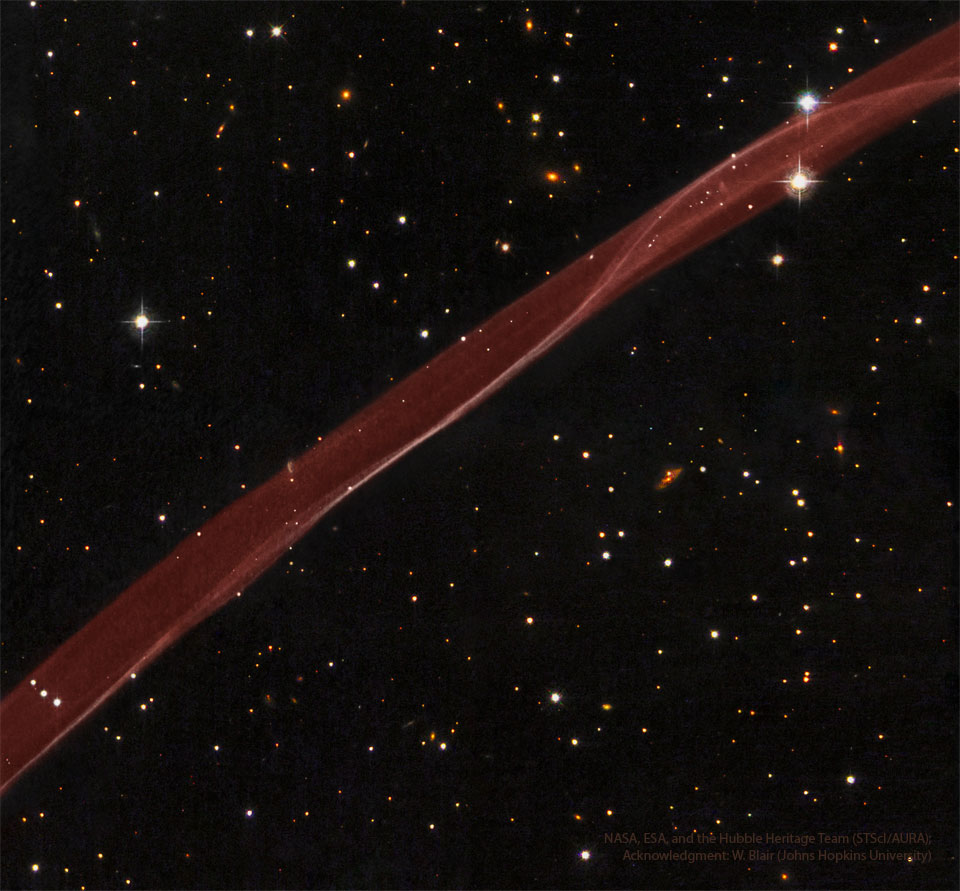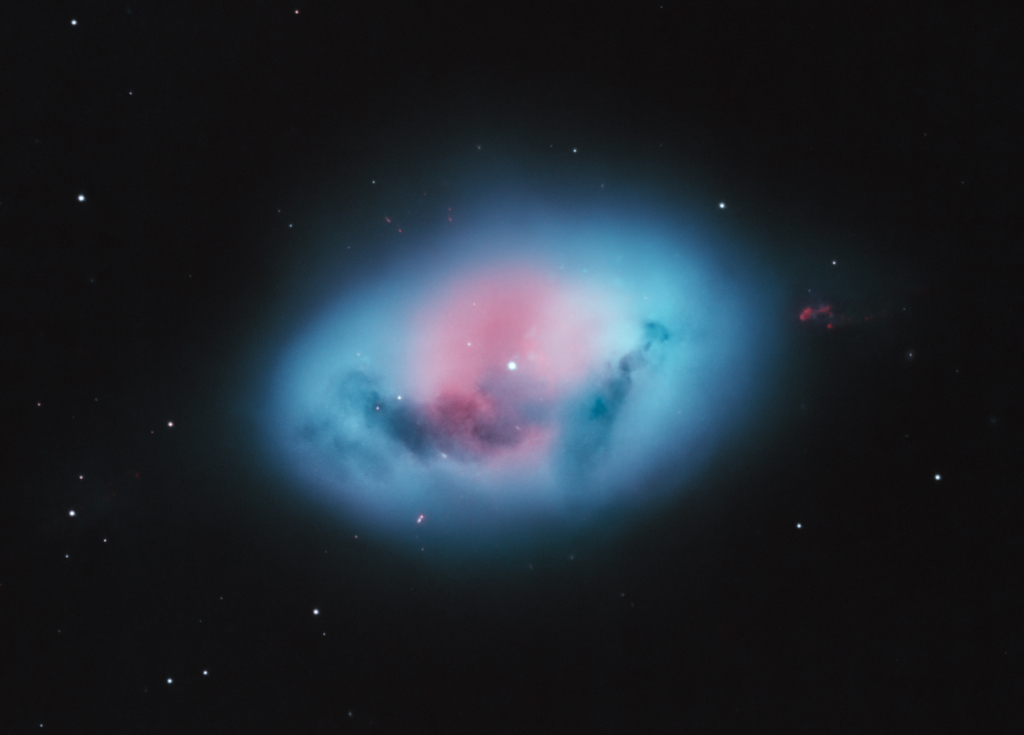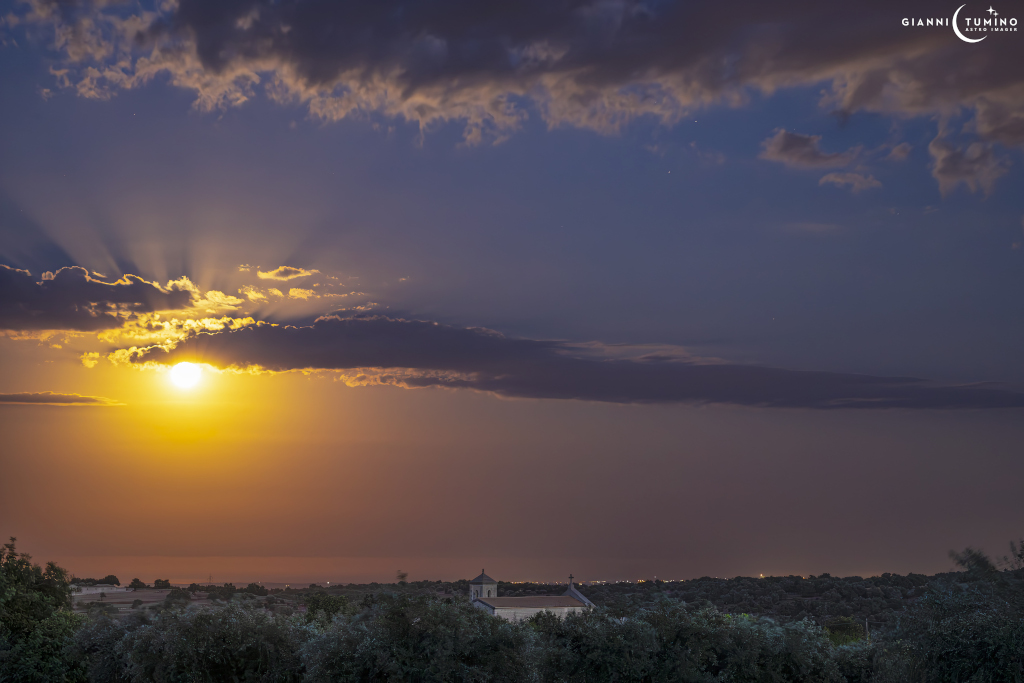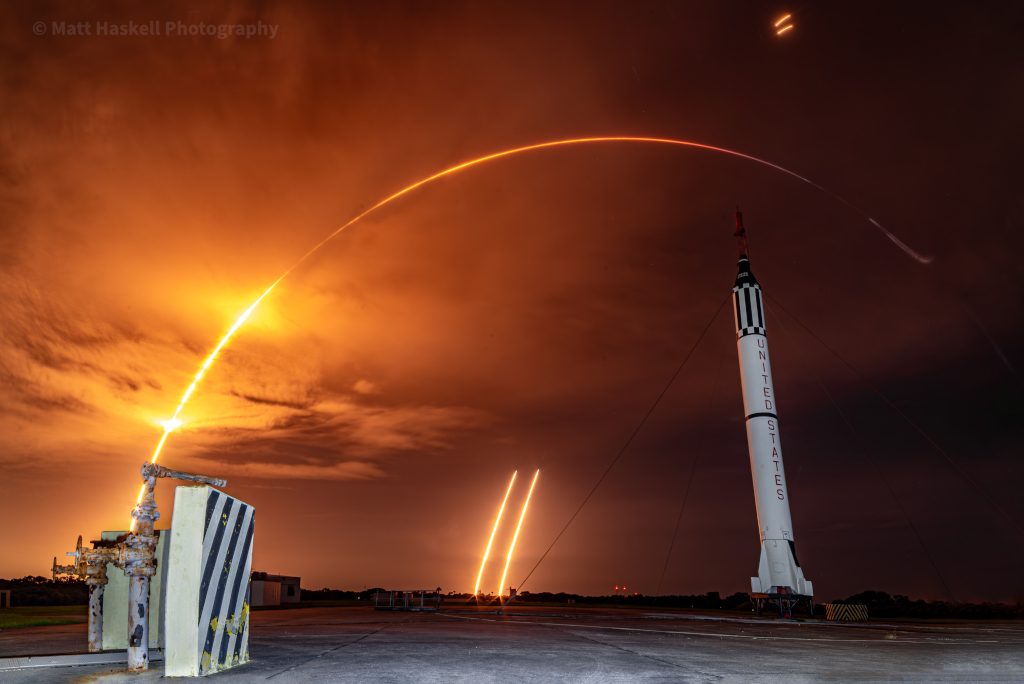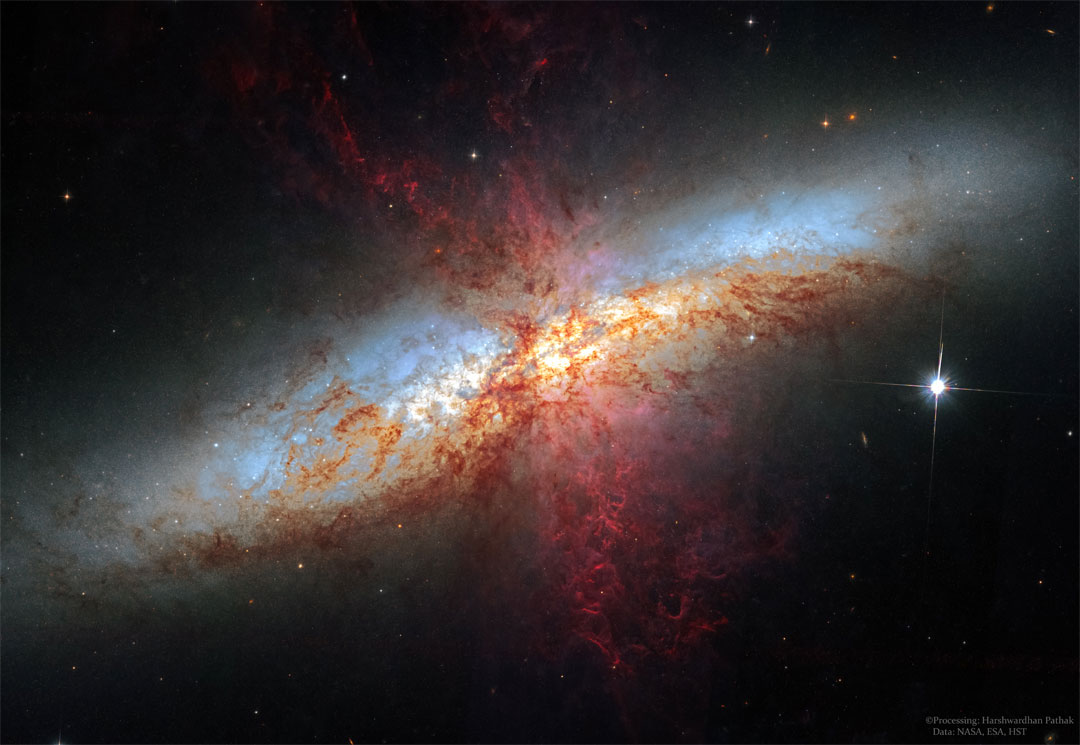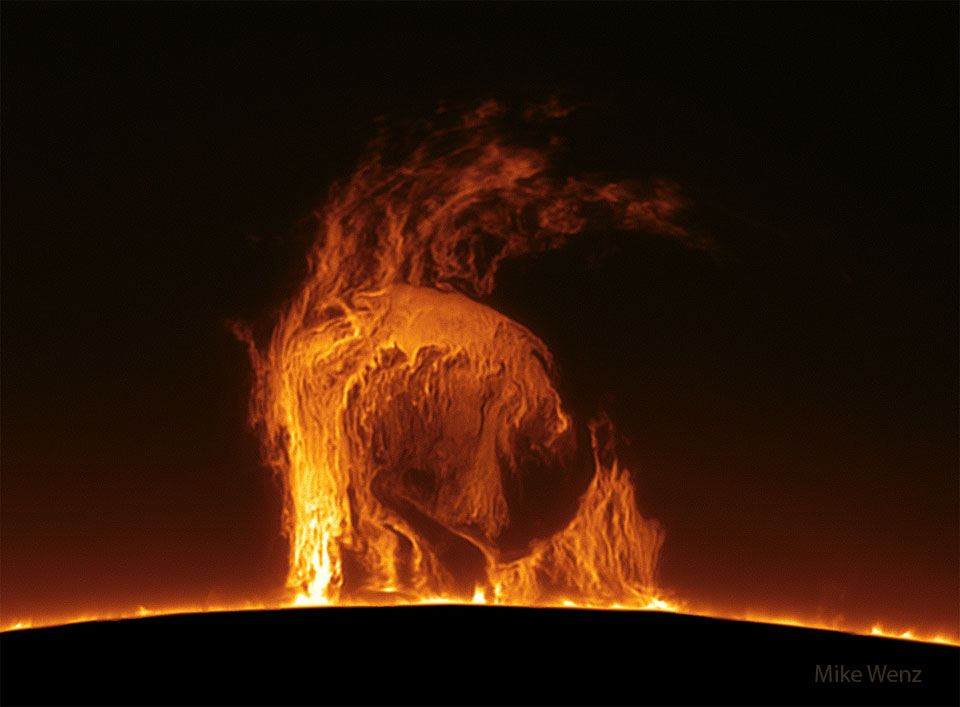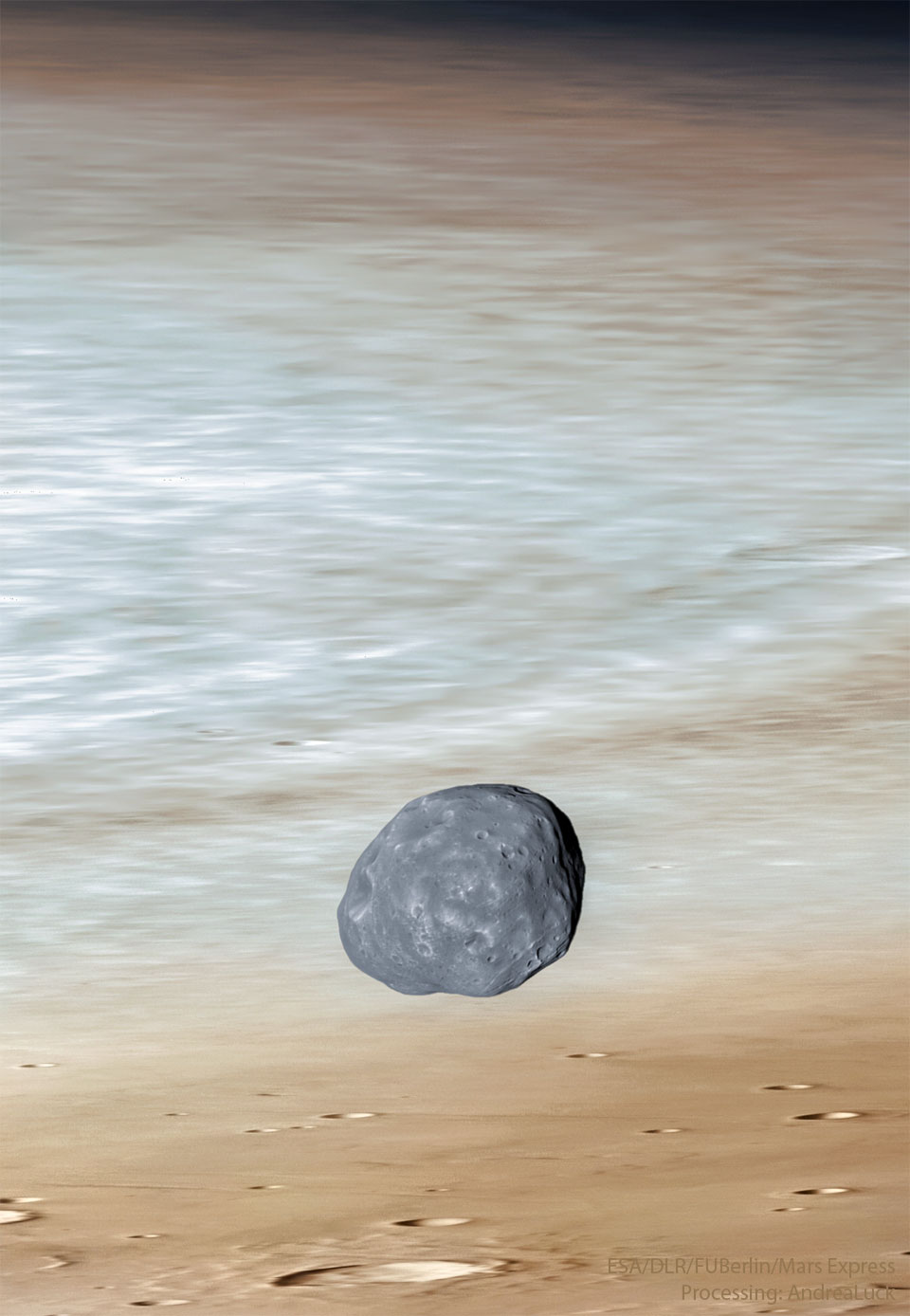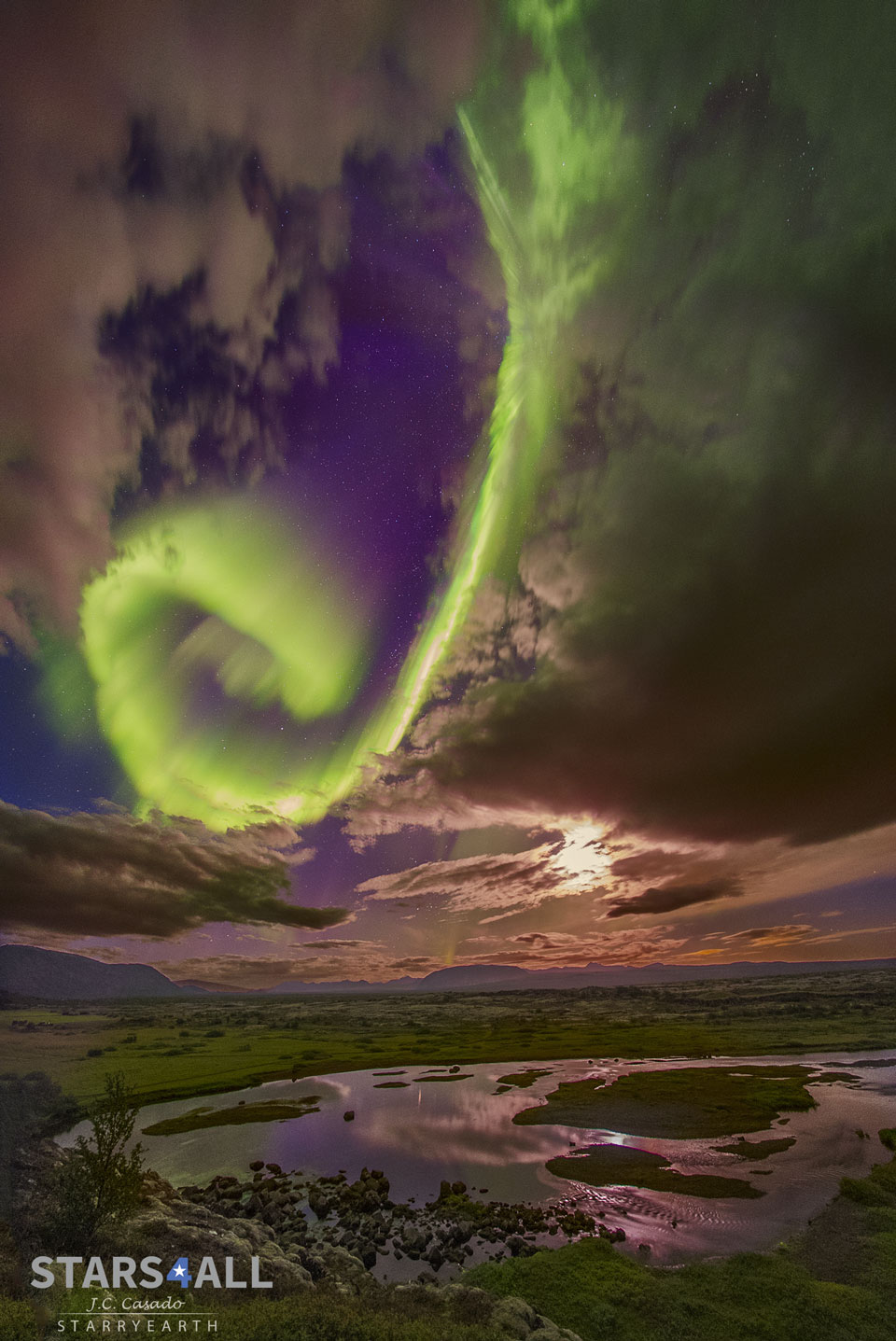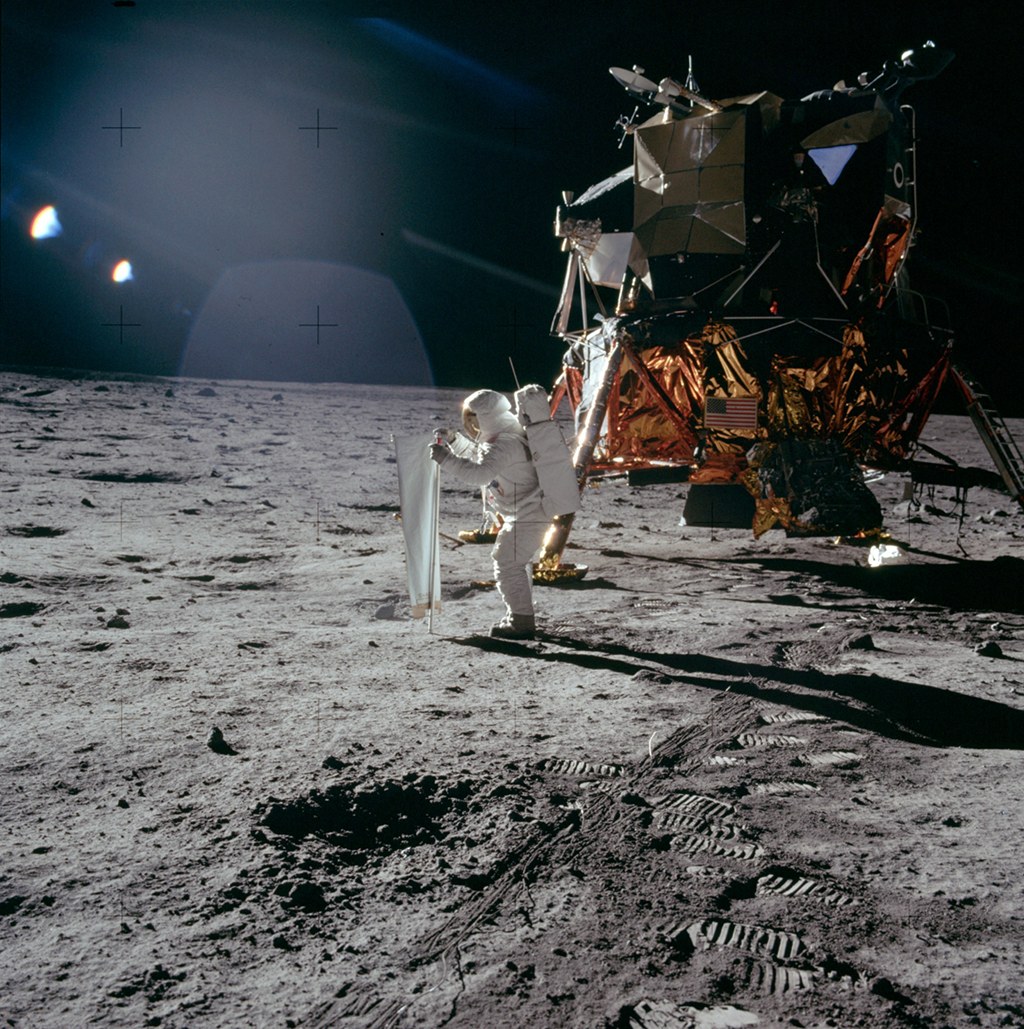안녕하세요, 잡학다식 입니다. 오늘은 과연 나사에서 어떤 방식으로 우주의 형상을 표현해 줄까요?
우선 이미지부터 볼 수 있도록 하겠습니다
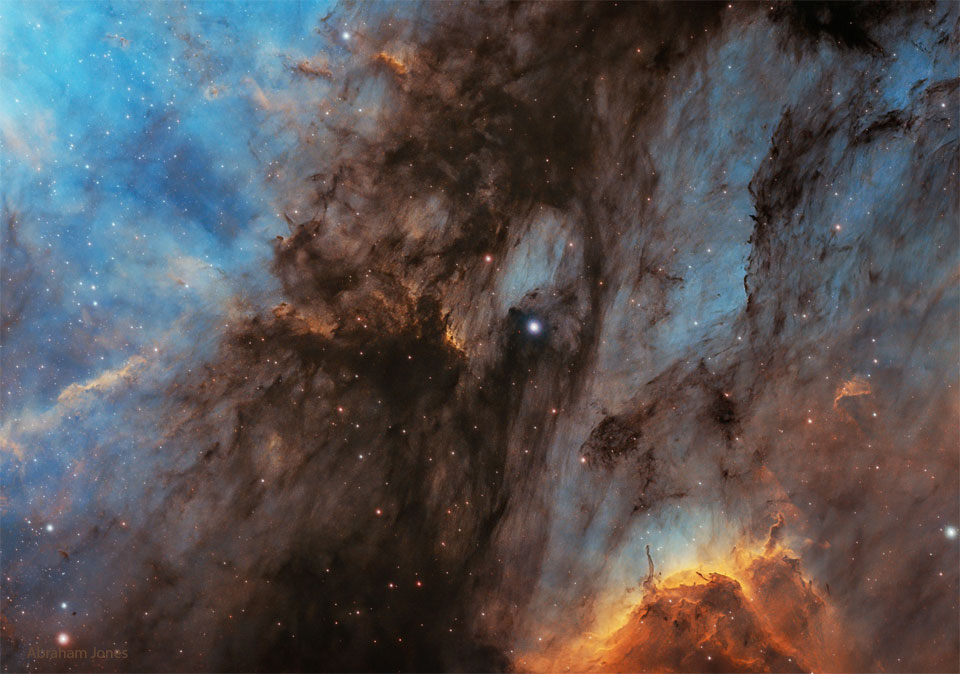
해당 사진의 이름은 The Pelican Nebula in Gas, Dust, and Stars 인데요 우선 NASA에서 공식적으로 발표한 설명들을 확인해 보겠습니다
The Pelican Nebula is slowly being transformed. IC 5070 (the official designation) is divided from the larger North America Nebula by a molecular cloud filled with dark dust. The Pelican, however, receives much study because it is a particularly active mix of star formation and evolving gas clouds. The featured picture was produced in three specific colors -- light emitted by sulfur, hydrogen, and oxygen -- that can help us to better understand these interactions. The light from young energetic stars is slowly transforming the cold gas to hot gas, with the advancing boundary between the two, known as an ionization front, visible in bright orange on the right. Particularly dense tentacles of cold gas remain. Millions of years from now, the Pelican nebula, bounded by dark nebula LDN 935, might no longer be known as the Pelican, as the balance and placement of stars and gas will surely leave something that appears completely different.
이번에도 광활한 우주 앞에 인간이 얼마나 작은 존재인지 다시 한번 알게 되는것 같습니다
저는 내일도 더 좋은 사진과 함께 돌아오겠습니다, 그럼 행목한 하루 되시길 바랍니다
'과학상식' 카테고리의 다른 글
| NASA 나사의 오늘의 이미지들 (2023-08-09) (0) | 2023.08.10 |
|---|---|
| NASA 나사의 오늘의 이미지들 (2023-08-08) (0) | 2023.08.09 |
| NASA 나사의 오늘의 이미지들 (2023-08-06) (0) | 2023.08.07 |
| NASA 나사의 오늘의 이미지들 (2023-08-05) (0) | 2023.08.06 |
| NASA 나사의 오늘의 이미지들 (2023-08-04) (0) | 2023.08.05 |
